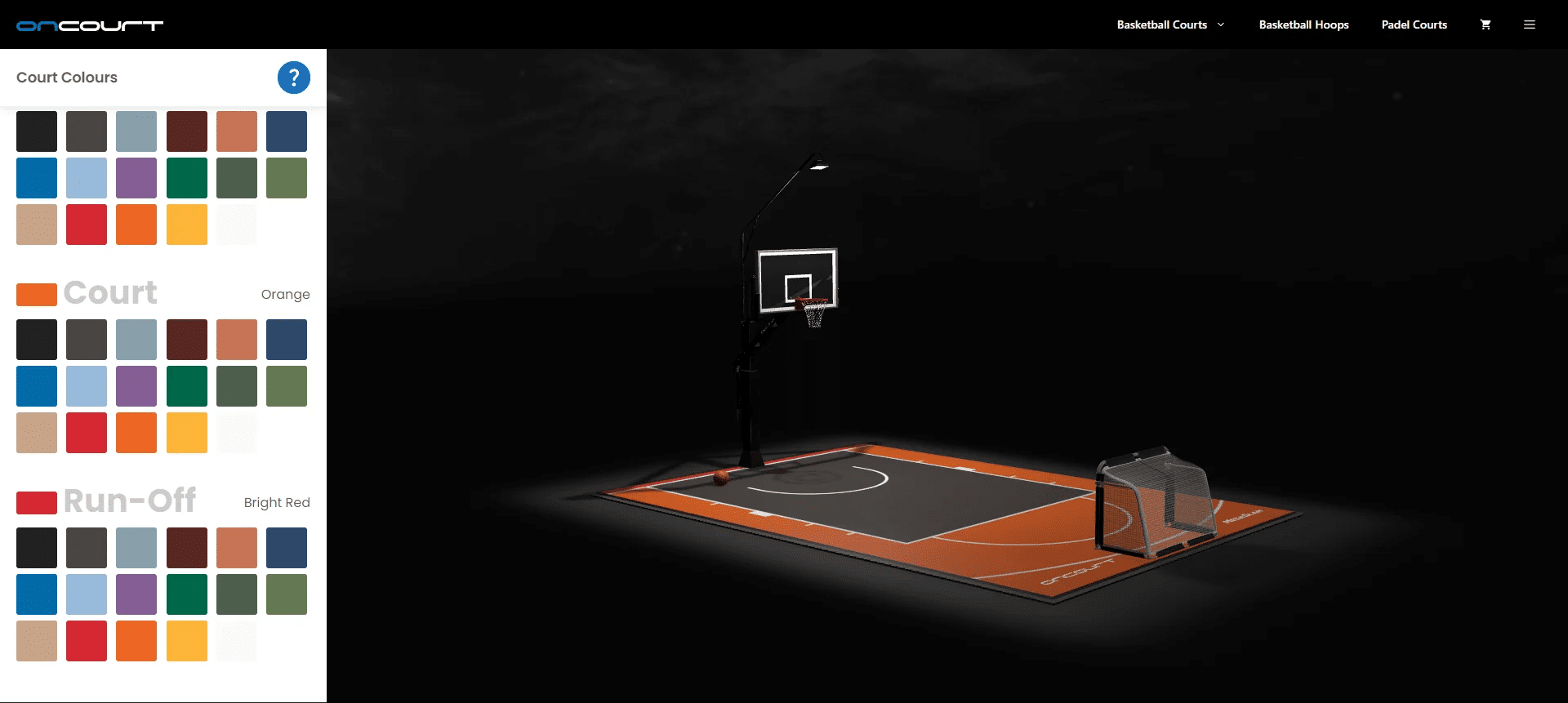glTF File Extension Explained


The question of which file format is best for rendering 3D assets continues to be debated. Different designs have different advantages and disadvantages depending on the user and intended application, with new updates constantly emerging.
This is the first article in a series of ten: Ben Houston’s Ultimate Guide to 3D File Formats. In the coming weeks, we will explore all the options available to you and provide practical considerations and context so that you can make informed decisions about which file type is right for your needs.
What is a glTF File?
A glTF file is a 3D model saved using the GL Transmission format (hence the abbreviation “glTF”). Primarily, these types of files are used with Blender. They contain data about 3D scenes, node hierarchy, materials, descriptors, and animation stored as text in JSON format.
Data can be embedded in a glTF file or referenced from within the file. The glTF format is famous for its light weight and ability to quickly transfer 3D assets between applications. Additionally, design professionals often use the glTF format to embed interactive 3D content on web pages because it provides fast runtime speeds and quick upload/download times.
Why is glTF needed?
The creators of glTF saw that the Internet was becoming increasingly popular and knew there needed to be a modern 3D format to transfer 3D models and scene data. Before glTF, FBX and OBJ were standard formats for transmitting 3D model data between creation tools and game engines.
With intimate experience with FBX and OBJ, our platform at Threekit supports whichever 3D file format you need. In addition, we have built importer and exporter features for an abundance of different 3D file formats into our platform, so whatever you require, we can cater to your needs.
FBX format has many features, but they need to be updated. Also, the format is proprietary and can only be loaded by a sizable C++ SDK. There’s no chance of an FBX file being directly loaded in any web browser. OBJ has a limited feature set. It, too, is quite old, and files written in this format take up lots of storage space and are slow to read or write data. Although OBJ files can eventually be loaded into a web browser, the process takes a long time.
glTF is excellent for quickly and easily transferring 3D model data, much more so than OBJ or FBX. Additionally, glTF has many useful features, while still being an open standard. In other words, it does what it sets out to do very well.
Why is the glTF format popular?
Khronos predicts that the glTF format will become as popular as JPEG for 2D images. That is because it is beneficial not just for Augmented Reality (AR) and Virtual Reality (VR), but also because it supports motion and animation well.
2.0’s added light and shadow realism make glTF an even better choice for VR scenes in applications like Facebook and CGI videos for ads seen elsewhere. Version 2.0 also has a relatively small file format that loads quickly, making it ideal for video game developers who want to create realistic-looking web scenes.
What Is glTF 2.0?
At the 2017 Web3D conference, the Khronos Group released glTF 2.0, which included new features such as:
- PBR creates realistic shadows and light. It is portable (meaning it works the same way across platforms) and scalable (meaning it can keep up with growing demands). PBR uses two material models to create the appearance of an object: Specular-Glossiness, which combines diffused color, specular color, and glossiness, and Metallic-Roughness, which combines a base color, metallic gradient, and roughness.
- A newer version of the binary file.
- Updating code for speeding up animations and other improvements.
The glTF 2.0 scene structure defines the appearance of objects and scenes.
The JSON (glTF) file contains the following:
- Nodes are objects in a scene, and node hierarchy dictates their relationships.
The PBR material textures describe the look of the object.
Knowing your camera can assist you in taking pictures from different angles and perspectives, improving their quality.
The binary file (.bin) stores buffer data containing information like skin, animation, and geometry. The skin data helps ensure the texture looks right on the object’s surface. If necessary, there’s also an image file (like a JPEG or PNG) that it can use as a texture.
glTF vs. GLB
Unlike glTF, GLB is a binary file. While JSON (JavaScript Object Notation) serves as the basis for glTF, some data, such as textures, shaders, geometry, and animation, are stored in external files. Implementing GLB allows you to store this data internally without needing support files.
How to open a glTF file
Various reasons might contribute to your struggles opening glTF files on a system. However, the most common problems people face with GL Transmission Format files are simple. In many situations, they can be quickly and efficiently resolved without help from a professional.
To open a glTF file, you will need software like Blender. If you don’t have the proper software installed, you’ll receive an error message from Windows saying, “How do you want to open this file?” or something similar.
If your glTF file isn’t opening correctly, try clicking it with your right mouse button or long-pressing the icon. A menu should pop up; select “Open with” and choose an application from the list that appears. You can also drag and drop the glTF into this browser window.
How to convert a glTF file
You can now validate your GitHub glTF files with Khronos to ensure they meet the specifications. If it doesn’t work, don’t worry! The validator will report any errors so that you can make the necessary changes. In addition, another validator provides a preview of what the final product will look like and convert gLTF formats.
Many tools let you import and export glTF files to use in graphics programs that don’t have built-in support for glTF. Some famous examples include the Khronos importer/exporter for Blender, Unity exporters for 3D Max and Maya, SketchUp Importer/Exporter, Cinema 4D Exchanger, and Assimp, a free tool that can convert gLTF to other 3D formats.
If you’re an artist looking to experiment with augmented reality, the USDZ file format is a great way to share your content. However, you’ll need to wait a bit before you get started.
Adobe has announced that its Creative Cloud applications will now support USDZ. This feature is already available as a free mobile app, and the desktop version is currently in beta. If interested in these developments, keep an eye on Adobe Project Aero for further updates and improvements.
The bottom line
glTF is an open standard for 3D files, making it easy to share 3D models across applications. glTF files use the .gltf file extension.
The glTF file format extension is used to denote files that contain 3D models. These files use the JSON file format, which makes them easy to share across applications. glTF files are supported by a wide range of 3D rendering software, making them popular for sharing 3D models online.
glTF files offer several advantages over other formats used to store 3D models. First, they are smaller, making them quicker and easier to download. They are also more portable and can be opened on a broader range of devices. Additionally, glTF files can be used to create 3D models compatible with several different rendering engines. That makes them a versatile option for creating and sharing 3D content.
we reply in 1 day











